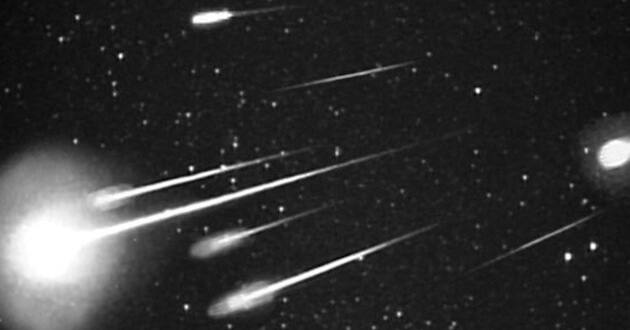Leonid meteor shower will dazzle Sunday night

The Autumn’s most spectacular night event will happen this Sunday, Nov. 17. The Leonid meteor shower, known of dazzling shooting stars virtually across the entire sky, is a favorite among stargazers.
These fast-moving and extra-bright meteors pass through the earth’s atmosphere each November as our planet passes through a debris field formed by the comet Tempel-Tuttle. Every 33 years, the event becomes a meteor storm where thousands might be seen per hour. This year is not the year for that but you’ll still be able to about a dozens or more each hour.
The American Meteor Society says the Leonids are active from November 3 to December 2. It is expected to reach its peak on the evening of the 17 into the morning of Nov. 18.
One downside this year is that the Moon will be nearly full. But, you’ll see the brightest meteors radiating from the constellation Leo–thus Leonid meteor shower. Look for Leo to the right of the Big Dipper. If it was filmed and sped up, it would look like the view from the Millenium Falcon of Star Wars fame as it goes into hyperspace. The best way to view is away from city lights after midnight when Leo is arching high across the sky.







